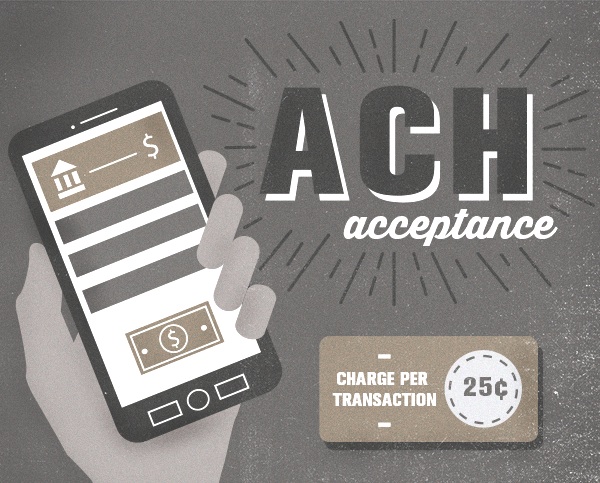(via PR Web)
Dr. Josh Umbehr, a DPC United Board Member and founder of Kansas-based Atlas MD, says, “Direct Primary Care has finally found traction with patients, physicians, employers, and insurance companies alike. However, DPC is still in its adolescence and it’s vital, now more than ever, that we have unity and clear leadership to guide the movement in the right direction.”
We’re excited that our model of care is rapidly gaining popularity. We now have a formal medical association. DPC United, founded by a group of pioneering physicians with DPC practices of their own, created the organization to promote the innovative DPC practice model to the nation.
“Direct Primary Care is one of the most exciting trends in healthcare today, and it has the true potential to solve many of our country’s healthcare problems.”says Samir Qamar, M.D., Chairman, DPC United.
Rock and roll.
Qamar, CEO of the nation’s largest Direct Primary Care physician group, MedLion Management, Inc., adds “It was time to create a guiding light for doctors and consumers interested in this promising healthcare model.”
The power of our model is its holistic approach to primary care. Doctors, whether they are family physicians or general internists, are forming direct contracts with consumers and businesses for very low fees.
We’re making health insurance unnecessary for routine care, and, in turn, lowering premiums for businesses who are insuring their employees.
Atlas MD literally saved a company so much money on their employee premiums, they gave their staff a raise.
And think, why would the insurance company actively lower premiums across the board?
It’s obvious. They perceived a greater value in keeping clients, who paid less money, since they saw an even greater reduction in potential payouts.
Simply stated, there are a two different ways to make more money i.e. increase profits. You can seek to increase your revenue and do your best to maintain expenses. Or, you can maintain your revenue while decreasing your expenses.
Why we’re allies of insurance companies is that we REDUCE their expenditures, massively.
In effect, DPC is NOT anti-insurance. We are pro-insurance, but only when it is appropriate–for major expenses. This combination of coverage for emergencies and hands-on care that is affordable and accessible is appealing to politicians on BOTH sides of the aisle.
As is explained in the new Affordable Care Act, DPC results in dramatic savings for consumers, and includes services like telemedicine and the benefit of shorter waits.
Industry experts are quick to point out that DPC is neither health insurance, nor the pricier “concierge medicine” practice model.
Several states, including Washington and Louisiana, have introduced legislation to support Direct Primary Care.
Attorney Michael McClelland, DPC United’s Executive Director and former Chief Prosecutor of California State Department of Managed Health Care, says it was time to form guiding principles to create an accepted standard for the DPC practice model. “The appeal of the DPC model is very strong from both practice and business perspectives. One of the organization’s goals is to ensure that practices endorsed by DPC United are properly set up as DPC practices to create consumer confidence.”
DPC United’s website, DPCUnited.org, features an online directory of established Direct Primary Care practices from across the nation, along with informational resources for consumers and doctors alike.
The nation’s largest primary care organization, the American Academy of Family Physicians (AAFP), is an open supporter of the Direct Primary Care model. They even outline a formal policy on their official website. Primary care doctors and patients are encouraged to visit the website, learn more about our model, and spread the word to employers, friends, and healthcare workers.
We know you’ve heard about it, but remember, every person who signs up on I Want Direct Care is one more reason for a primary care doctor to join the movement. One more reason for a student to follow through on the required education to become a DPC physician.
“With Direct Primary Care, we can affect real, sustainable change at every level of healthcare. By repairing primary care, the foundation of a strong healthcare system, America can once again enjoy good health,” says Dr. Qamar.
Rock on, Dr. Qamar. And rock on, DPC practitioners.


